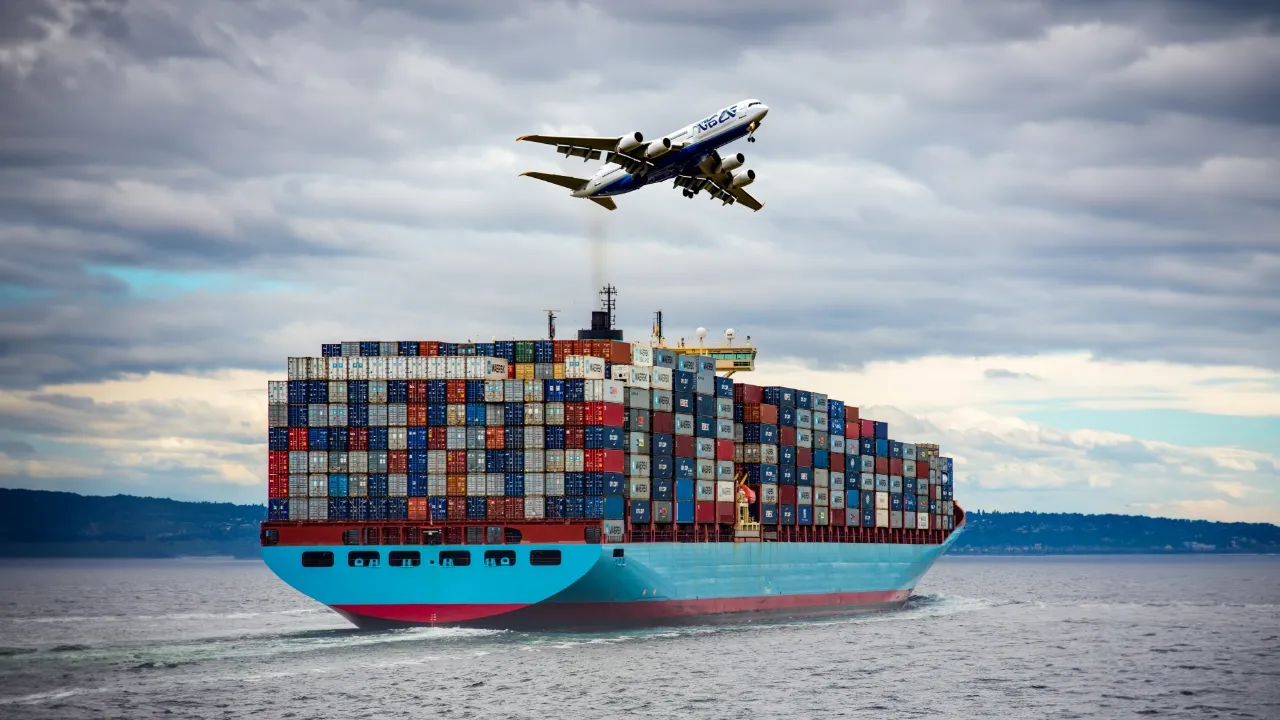
International shipping costs have become a hot topic in recent years, affecting businesses, consumers, and logistics experts alike.
With globalization driving an increasing demand for international trade, understanding why shipping costs fluctuate and often rise is crucial.
This article delves into the multifaceted factors that contribute to the increasing costs of international shipping, shedding light on the complexities of the global logistics industry.
As Jack Truong notes, comprehending these elements is essential for navigating the ever-changing landscape of international shipping.
Supply Chain Disruptions
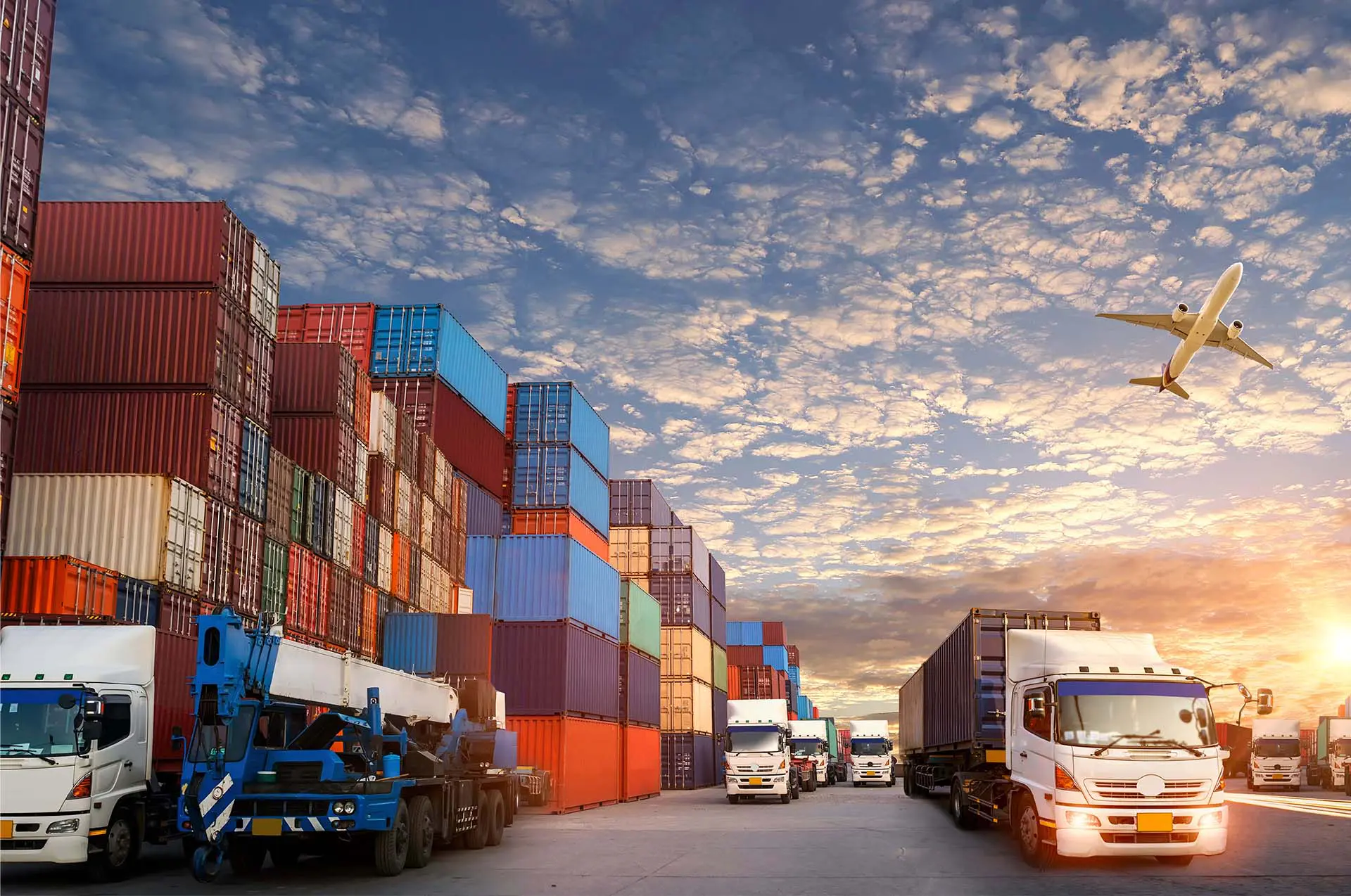
One of the most significant factors influencing international shipping costs is the disruption in global supply chains. The COVID-19 pandemic exposed the fragility of these supply chains, causing unprecedented delays and bottlenecks.
Factories shut down, ports closed, and labor shortages ensued, all contributing to a ripple effect felt worldwide.
These disruptions have led to a shortage of shipping containers, with many stranded at ports or in transit for longer periods than usual. As a result, the demand for available containers skyrocketed, pushing up rental and purchasing costs.
Those companies, faced with increased operational challenges, have had to adjust their pricing to manage these unexpected expenses, directly impacting the end cost for consumers.
Fuel Prices and Surcharges
Fuel prices are a critical component of the costs. The volatility of oil markets means that shipping companies must constantly adjust their pricing to account for changes in fuel costs.
When oil prices rise, the cost of bunker fuel, which powers the massive cargo ships that traverse our oceans, also increases. This added expense is often passed on to customers in the form of fuel surcharges.
In addition to traditional fuel, there is a growing shift towards more environmentally friendly shipping methods, including the use of cleaner fuels and alternative energy sources. While these initiatives are crucial for sustainability, they also come with higher costs, as the technology and infrastructure for green shipping are still developing.
Port Congestion and Infrastructure Issues
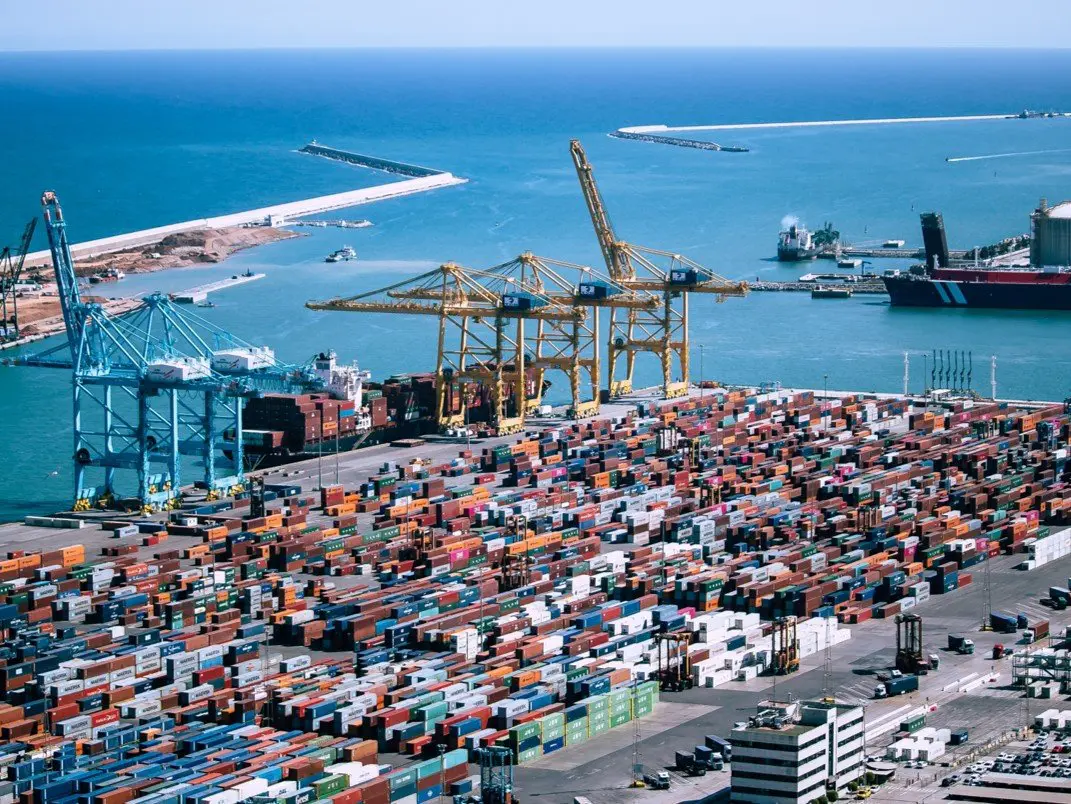
Port congestion is another major factor driving up international shipping costs. As trade volumes increase, many ports around the world struggle to keep up with the influx of cargo. This congestion leads to delays in loading and unloading ships, which in turn causes a domino effect of delays throughout the supply chain.
Infrastructure issues further exacerbate the problem. Many ports are outdated and not equipped to handle the massive modern cargo ships, requiring significant investments in upgrades and expansions.
These investments, while necessary for future growth, contribute to higher shipping costs as port authorities pass on the costs to shipping companies, which then pass them on to customers.
Labor Costs and Strikes
Labor costs play a significant role in the overall expense of international shipping. This industry relies heavily on a skilled workforce, from dockworkers to ship crew members. In many regions, wages have risen due to labor shortages and increased demand for skilled workers.
Additionally, labor unions in the shipping industry are strong and often negotiate for higher wages and better working conditions, which can lead to increased costs.
Strikes and labor disputes can also cause significant disruptions in shipping schedules, leading to delays and increased costs. When workers strike, companies face halted operations and must often find alternative, more expensive routes or pay premiums to get their cargo moving again.
Regulatory Changes and Compliance Costs
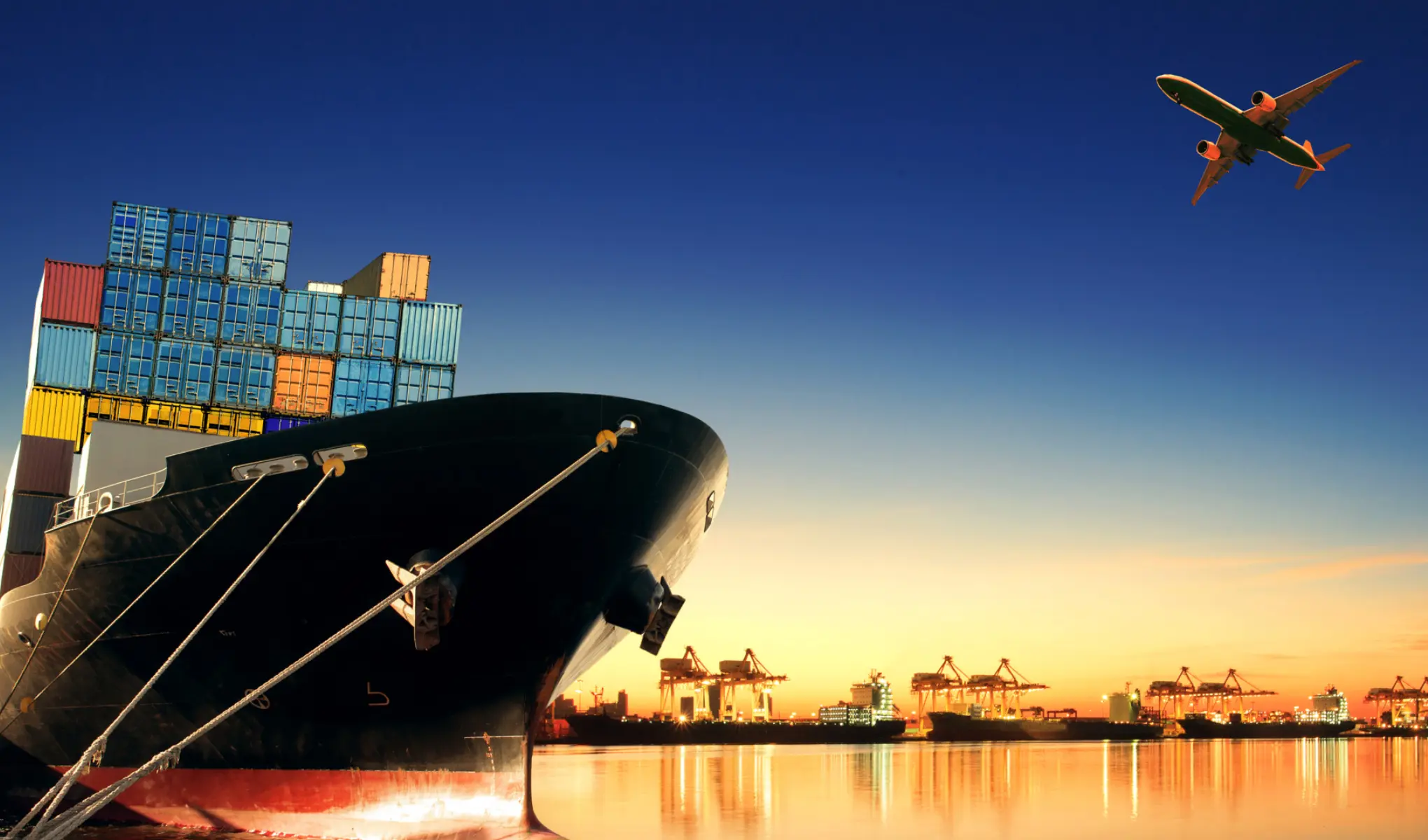
The shipping industry is heavily regulated, with numerous international, national, and local regulations governing everything from environmental standards to safety protocols. Compliance with these regulations often requires shipping companies to invest in new technologies, training, and procedures, all of which come at a cost.
For example, the International Maritime Organization (IMO) has implemented regulations aimed at reducing sulfur emissions from ships. Compliance with these regulations requires shipping companies to either use low-sulfur fuel, which is more expensive, or invest in scrubber technology to clean emissions.
Both options significantly increase operating costs, which are passed down the supply chain to the end customer.
Geopolitical Tensions and Trade Policies
Geopolitical tensions and changing trade policies can have a profound impact on international shipping costs. Trade wars, sanctions, and tariffs can disrupt established trade routes and increase the complexity of shipping goods across borders.
For instance, the trade war between the United States and China led to increased tariffs on numerous goods, which companies had to navigate, often at higher costs.
Additionally, political instability in key regions can lead to increased security risks and insurance costs for shipping companies.
Piracy, particularly in areas like the Gulf of Aden and the Strait of Malacca, requires shipping companies to take additional security measures, including hiring armed guards and rerouting ships to avoid high-risk areas.
These measures increase operational costs, contributing to higher shipping prices.
Technological Advancements and Investment

While technological advancements hold the promise of increased efficiency and cost savings in the long term, the initial investment required can drive up shipping costs in the short term.
Automation, artificial intelligence, and blockchain technology are revolutionizing the shipping industry, offering potential solutions for tracking shipments, optimizing routes, and reducing paperwork.
Seasonal Variations and Demand Fluctuations
Seasonal variations and fluctuations in demand can also influence shipping costs. During peak seasons, such as the holiday period or the Chinese New Year, the demand for shipping services increases significantly.
This surge in demand often leads to higher prices as shipping companies struggle to meet the increased need for capacity.
Environmental Concerns and Sustainability
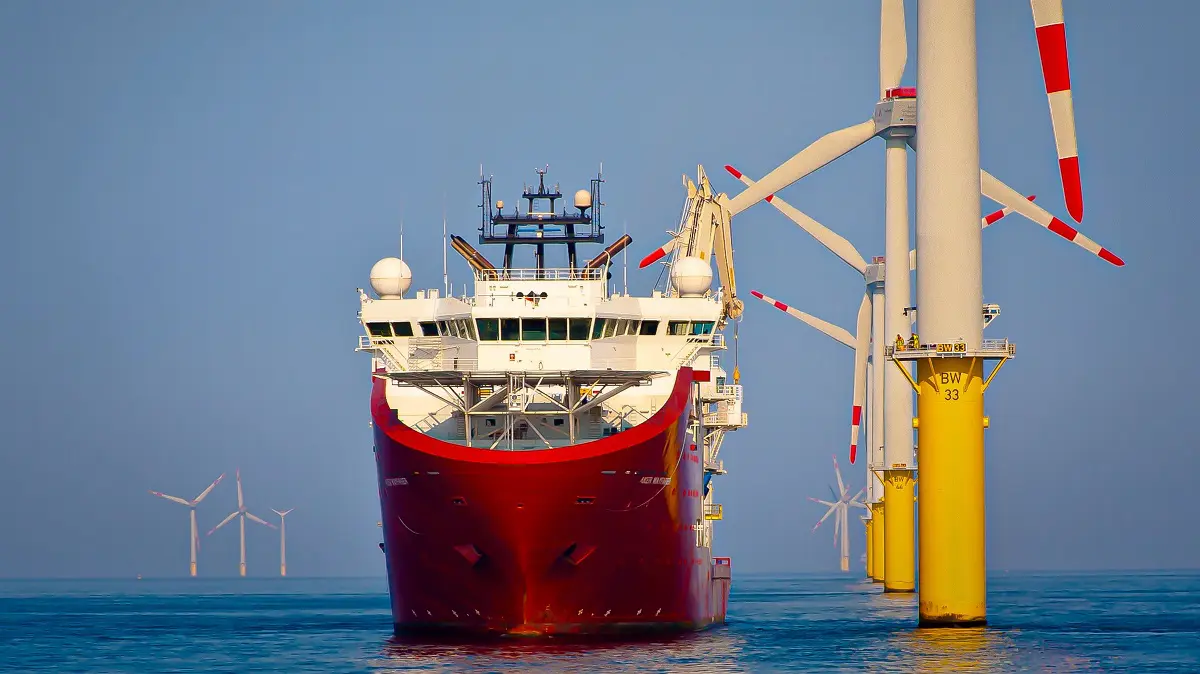
As global awareness of environmental issues grows, there is increasing pressure on the shipping industry to adopt sustainable practices. While this shift is necessary for the future health of our planet, it comes with significant costs. Investing in cleaner technologies, such as LNG-powered ships or wind-assisted propulsion, requires substantial capital investment.
Moreover, shipping companies are under pressure to reduce their carbon footprints, which can lead to changes in routes, speeds, and logistics strategies. These adjustments often result in higher operational costs, which are inevitably passed on to customers. Balancing the need for sustainability with cost-efficiency is a delicate act that continues to challenge the industry.
Conclusion
The puzzle of international shipping costs is a complex one, influenced by a myriad of factors ranging from supply chain disruptions and fuel prices to geopolitical tensions and environmental concerns.
Each of these factors interplays with the others, creating a dynamic and often unpredictable pricing landscape.













